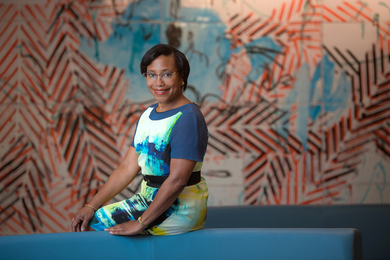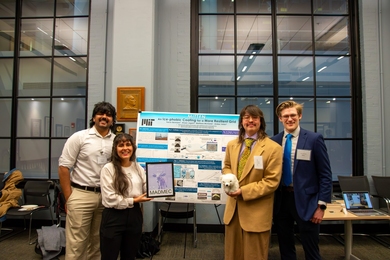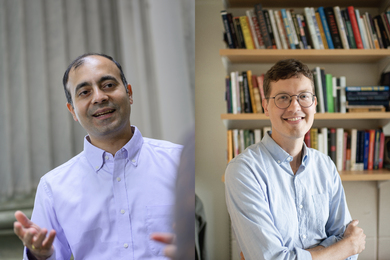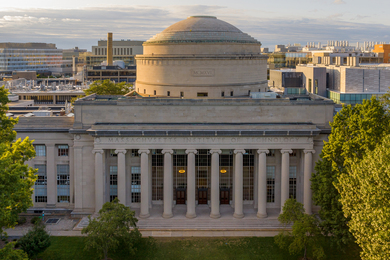Although the number of students who abstain from alcohol has risen from 15 percent to 19 percent between 1993 and 1997, students who drink are drinking more heavily, according to the latest Harvard School of Public Health study on alcohol use on campuses nationwide.
Henry Wechsler, director of college alcohol studies at the Harvard School of Public Health, brought the term "binge drinking" to the public consciousness when he released the first report on college drinking five years ago.
His followup study shows that campus drinking continues at a high rate nationally, with fraternities and sororities housing the worst offenders: four out of five members are binge drinkers. The survey finds that students who drank to get drunk increased from 33 out of 100 students to 42 of 100 students. The number of students who were drunk three or more times in the previous month increased from 19.3 to 22.6 per 100 students.
Two of five students overall, or about 43 percent, were reported to be binge drinkers in 1997. This is a slight decrease, down from 44 percent in 1993, but half of that group (one in five overall) were frequent binge drinkers. Binge drinking is defined as five drinks in a row for men or four drinks in a row for women.
"There has been a very small drop in binge drinking between 1993 and 1997, due mainly to an increase of students who do not drink at all," Dr. Wechsler said. "However, this has been more than offset by the increased intensity of drinking among those who drink: more drinking to get drunk, more frequent drunkenness and more alcohol-related problems."
Linsday Hayes, a recent Boston College graduate who spoke at the report's press conference about her experiences as a resident assistant and alcohol awareness campus activist, said that she has seen some improvements on local campuses "in the wake of the MIT tragedy last year."
Several colleges, including MIT, have developed stricter sanctions related to alcohol abuse, she noted.
Even nondrinkers on campus are affected by alcohol, Dr. Wechsler said. Four out of five students who do not binge drink are negatively affected by the drinking-related problems of their classmates, he reported. Some are assaulted, awakened by noise at all hours of the night or have their possessions vandalized, and female students are subjected to unwanted sexual advances. Because the numbers of heavy drinkers and nondrinkers are roughly equal (about one-fifth), Dr. Wechsler expects this to result in greater polarization on campus alcohol policies.
Despite much attention and several highly visible tragedies, there has not been a lot of change in recent years, Dr. Wechsler said. "Maybe I'm expecting change too fast. Frankly, I'm disappointed."
While alcohol is endemic in our society, "this doesn't remove the responsibility of colleges to face up to" alcohol-related issues, he said. "Let's not put the onus on students. College presidents and students have to develop codes of behavior that are enforced for everybody, including alumni and star athletes. Parents need to be brought in, even if it's 'only beer.' More deaths in this country are attributable to alcohol than to illicit drugs."
A version of this article appeared in MIT Tech Talk on September 16, 1998.





